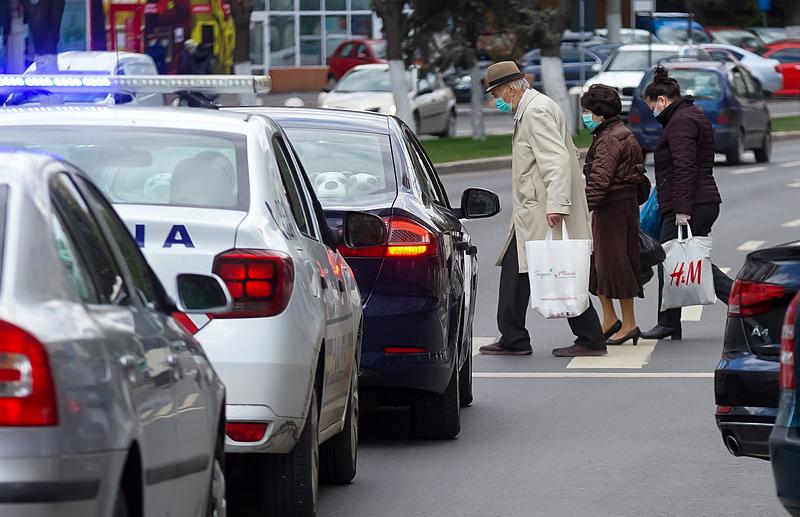RO researchers look at how pandemic impacted people's mobility

The mobility of the population dropped by 15% on average in the country at the beginning of April (April 2) compared to the period before the pandemic, according to data from the Covid-19 – Romanian Economic Impact Monitor developed by the Economics Faculty of the Babeș-Bolyai University (UBB), quoted by Digi24.
At the end of March, the authorities introduced tighter restrictions in an attempt to limit the spread of Covid-19, including shorter shopping hours and different night curfew schedules depending on the Covid-19 incidence rate in every locality.
The UBB platform uses Google Mobility data and looks at the impact of the pandemic on mobility in several dimensions – workplace, home, public transport, shopping, leisure time.
"In areas such as Cluj, Timișoara, Bucharest, Brașov, the drop in mobility compared to last year is higher than in other areas. The population living in these areas understood that they needed to comply with the measures introduced and reacted accordingly," Răzvan Mustață, the dean of UBB's Economics Faculty, told Digi24.
During last year's state of emergency, introduced in the country between March 15 and May 15, the mobility dropped by an average of 41% compared to the second half of February (February 15 – March 1), data analyzed by the UBB researchers showed. During last year's Easter holidays, it dropped by 67% compared to the same period.
During the state of emergency, mobility dropped in Bucharest by 52%, and in Brașov and Cluj counties by 47%, the highest numbers. The lowest decreases were recorded in the counties of Giurgiu (-22%), Teleorman (-22%), and Călărași (-28%).
(Photo: Lcva/ Dreamstime)
simona@romania-insider.com












